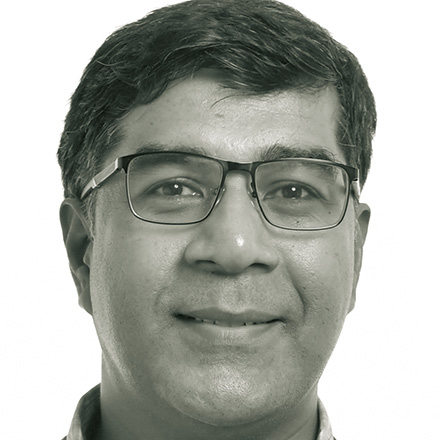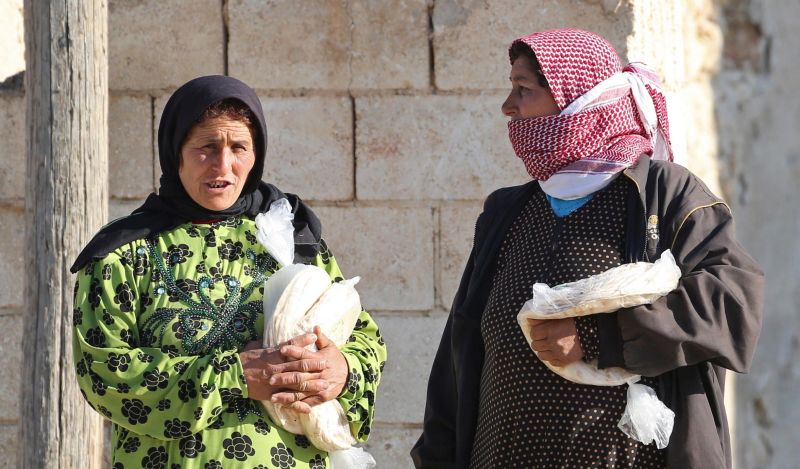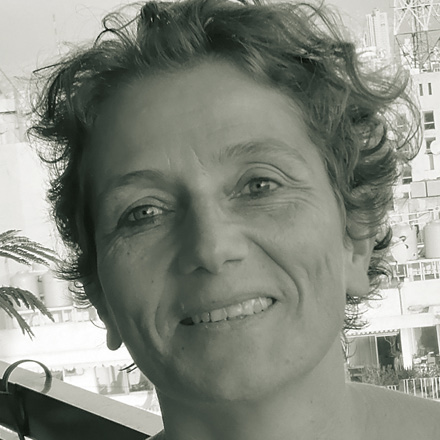East Africa
A depressing camp in Kenya’s northwest

Kenyan society has recently become more suspicious of refugees, especially Somalis. The reasons are terrorist attacks perpetrated by the Al-Shabaab militia, an Islamist outfit from war-torn Somalia. After a spate of violence in 2013 and 2014, the Kenyan government issued a directive that all refugees in Nairobi and other cities must return to the camps in Dadaab and Kakuma. In urban areas, refugees frequently face harassment by the police if they are found without requisite documentation or authorszation.
Kakuma Camp was set up in a semi arid area in Kenya’s northwest in 1992. Most refugees are people from South Sudan, Sudan and Somalia. They fled because of decades-long conflicts in their home countries.
The camp is a city of endless rows of identical simple buildings. More than 180,000 people from over 21 nationalities were registered as residents as at November 2015. Most have been in Kakuma for years, awaiting resettlement to third countries. The agencies that work in the camp do not offer enough jobs for everyone, and those who are employed, are paid in simple tokens. Kenyan law does not allow refugees to engage in business or gainful employment unless they renounce their refugee status and seek to work as expatriates who must pay taxes.
Of the people in Kakuma, about 58 % are minors. They belong to age groups that need to go to school or get vocational training. However, the camp only offers insufficient education opportunities. Depriving young people of such opportunities means that there will be no peace dividend should they at some point in time be able to return to their parents’ homes. On the contrary, deprivation of opportunities can perpetuate conflicts when frustrated youth decide to join violent militias, as could be seen with Afghans who grew up in Pakistani refugee camps and were later recruited by the Taliban.
According to the UN Refugee Agency (UNHCR), 70 % of all refugees worldwide are long-term refugees, who are displaced from home for more than five years. Many of them have no documents, so they belong to no state. Each year, countless children are born to grow up in refugee camps. The biggest groups are Afghans living in Pakistan and in Iran, but there are also hundreds of thousands of Somalis and South Sudanese living in various East African countries. Palestinians and Sahrawi refugees are even internationally considered to have hereditary refugee status.
Millions of people worldwide live in what UNHCR calls “protracted refugee situations”. The term’s definition is that the refugee needs have changed considerably over time, but neither the UNHCR nor host governments have capacity to address those needs fully, especially developmental. The refugees are thus left “in a dependent state years after their arrival in the host country“, as Christine Cheng and Johannes Chudoba of Princeton University put it. “A refugee’s needs in protracted situations are very different from the needs UNHCR is accustomed to addressing during an emergency response,” Cheng and Chudoba add. Typically, human security has to be provided first, and then essential needs must be addressed. These include not only food and shelter, but also education, employment, training, health care and access to credit. In far too many places, these matters are not taken care of fully. (rs)












